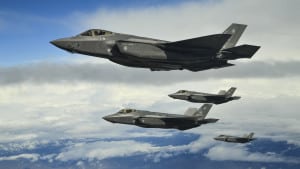
After years of prolonged operations and little chance of a decreased tempo in years to come, the U.S. Air Force faces force structure shortfalls to varying degrees for each of its aircraft classes, a new study by the RAND Corp. has found.Analyzing four separate hypothetical operational situations, the nonpartisan research group found that whether the service is involved in longer regional conflicts, supporting shorter-term counterterrorism or counterinsurgency operations or participating in peace enforcement operations, the fleets would be unable to…

 By
By 











